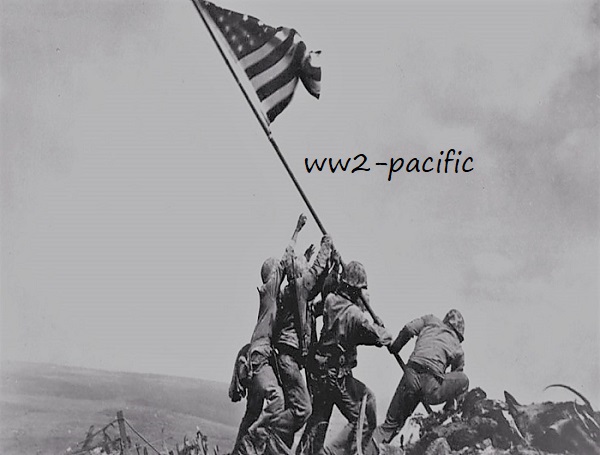Name and Rank, Staff Sergeant Chris Mosckou jr .
Unit/Placed in, 704th Bomber Squadron, 446th Bomber Group (Heavy).
Chris was born on Oct. 12, 1921 in Marion County, Indiana.
Father, Chris Mosckou.
Mother, Anna Mosckou.
Chris enlisted the service at Indiana with Serial number, #35370783.
Chris Crew-members and their position on-board the plane a B-24 were,
1st Lt. Pilot James C. Blackwood
1st Lt. Co-Pilot Harold W. Turner
1st Lt. Navigator Hugh R. Hunter
S/Sgt. Engineer Herbert R. Shafer
S/Sgt. Radio Operator Christopher M. Chism
S/Sgt Ball Turret Gnr. Chris Mosckou jr.
S/Sgt Tail Turret Gnr. Henry A. Popiolek
S/Sgt Right Waist Gnr. Carl P. Gochnauer
T/Sgt. Left Waist Gnr. Murray G. Glanzrock
Sgt. Nose Turret Gnr. Joseph R. Markus
Chris Mosckou jr was a Ball Turret Gunner in the 704th Bomber Squadron.
Chris Mosckou jr. was KIA due one of the the Bomb doors, on the mission to Orleans Airfield, France they lost one of the Bomb doors that hit the Tail that made a crash on May 23, 1944, and he is honored with the Purple Heart, Good Conduct Medal, American Campaign Medal, Army Presidential Unit Citation, European-African-Middle Eastern Campaign Medal, WWII Victory Medal.
And he is buried at Crown Hill Cemetery, Indianapolis, Marion County, Indiana
Thanks to the 446th http://www.446bg.com/
Jean Louis Vijgen, ww2-Pacific.com ww2-europe.com
Air Force Info, Rolland Swank.
ABMC Website, https://abmc.gov
Marines Info, https://missingmarines.com/ Geoffrey Roecker
Seabees History Bob Smith https://seabeehf.org/
Navy Info, http://navylog.navymemorial.org
POW Info, http://www.mansell.com Dwight Rider and Wes injerd.
Philippine Info, http://www.philippine-scouts.org/ Robert Capistrano
Navy Seal Memorial, http://www.navysealmemorials.com
Family Info, https://www.familysearch.org
WW2 Info, https://www.pacificwrecks.com/
Medals Info, https://www.honorstates.org
Medals Forum, https://www.usmilitariaforum.com/
Find a Grave, https://www.findagrave.com
Tank Destroyers, http://www.bensavelkoul.nl/
WordPress en/of Wooncommerce oplossingen, https://www.siteklusjes.nl/
Military Recovery, https://www.dpaa.mil/
The 446th Bomb Group was activated 1 April 1943 at Davis-Monthan AAB, Arizona where initial assembly began. The unit moved to Alamagordo, NM on the 6th June 1943, but immediately moved again to Lowry AAB, Colorado, where the training was completed. The ground unit left on the 18th of October 1943 for Camp Shanks, NY and embarked on the Queen Mary on the 25th of October 1943. They sailed on the 27th of October 1943 and arrived in Clyde on the 2nd of November 1943. The aircraft left Lowry AAB on the 20th of October 1943 for Lincoln AAB, Neb. The aircraft flew via the southern route from Florida, Puerto Rico, Brazil, Dakar, and Marrakash to England. One aircraft was lost on the Puerto Rico leg, and one aircraft was shot down when it strayed off course into France. The group was stationed in Bungay, England, near the North Sea coast, about 90 miles NE of London.
Planes of the 446th led the 8th AF and the 2nd BD on the first heavy bomber mission of D-Day. “Ronnie” is believed to be the first 8th AF B-24 to fly 100 missions. The 706th Bomb Squadron flew 62 consecutive missions and the 707th Bomb Squadron had 68 missions without a loss.
The 446th operated chiefly against strategic objectives on the Continent from December 1943 until April 1945. Targets included U-boat installations at Kiel, the port at Bremen, a chemical plant at Ludwigshafen, ballbearing works at Berlin, aero-engine plants at Rostock, aircraft factories at Munich, marshalling yards at Coblenz, motor works at Ulm, and oil refineries at Hamburg and Magdeburg.
Besides strategic missions, the group often carried out support and interdictory operations. Supported the Normandy invasion in June 1944 by attacking strong points, bridges, airfields, transportation, and other targets in France. Aided ground forces at Caen and St Lo during July by hitting bridges, gun batteries, and enemy troops. Dropped supplies to Allied troops near Nijmegen during the airborne attack on Holland in September. Bombed marshalling yards, bridges, and road junctions during the Battle of the Bulge, December 1944 through January 1945. Dropped supplies to airborne and ground troops near Wesel during the Allied assault across the Rhine in March 1945. Flew last combat mission on April 25 attacking a bridge near Salzburg.
Mission Statistics:
First Mission: 16 Dec 1943
Last Mission: 25 Apr 1945
Missions: 273
Total Sorties: 7,259
Total Bomb Tonnage: 16,819 Tons
Aircraft Lost: 58
KIA: 450+
MIA: 51
Enemy Aircraft Destroyed: 34, 11 probable
